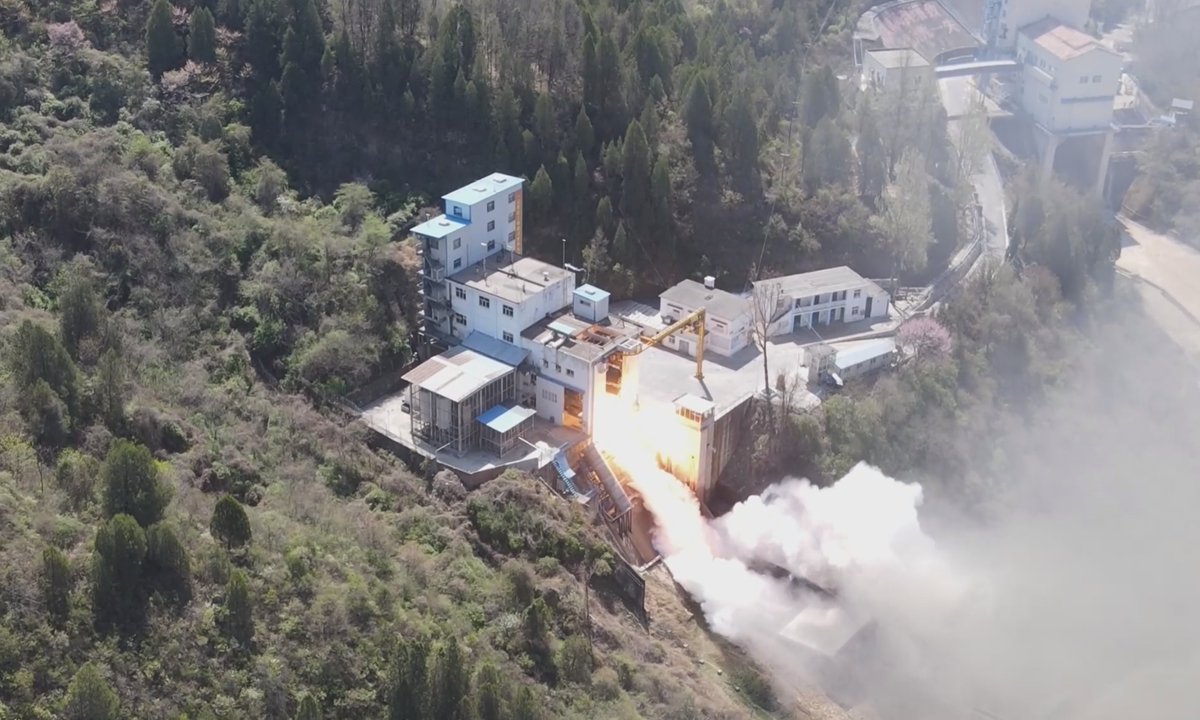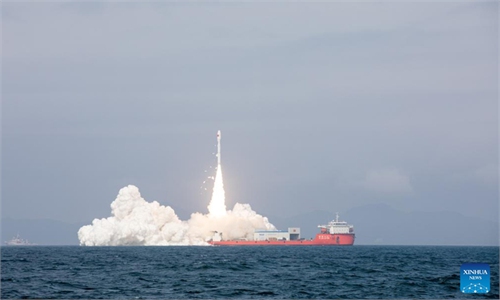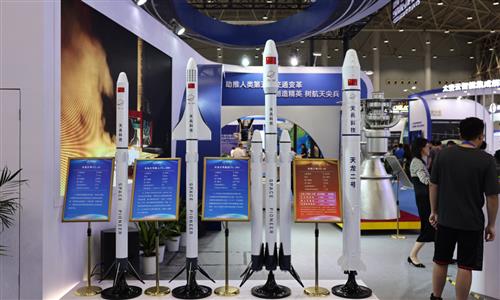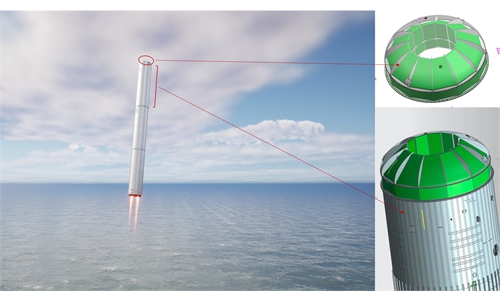China's domestically developed mega reusable rocket engine completes ground ignition tests, setting new records

Photo: courtesy of Sixth Academy of the CASC
A 130-ton reusable liquid oxygen kerosene engine, developed by the Sixth Academy of the state-owned conglomerate and the nation's leading space contractor, the China Aerospace Science and Technology Corp (CASC), successfully completed two ground ignition tests on Saturday, marking new breakthroughs in propulsion technology, the Global Times has learned from the mission insiders over the weekend.
To date, the engine has completed a total of 15 repeated tests, 30 ignition starts, and the cumulative test duration exceeded 3,900 seconds, breaking the record of the number of tests for liquid rocket main engines in China, according to a statement the academy provided to the Global Times.
As a follow-up, China's reusable carrier rocket propulsion system, the 130-ton reusable liquid oxygen kerosene engine, features comprehensive performance, strong expandability and high reliability, per the research team.
The team has addressed the questions of "landing accurately" and "stable docking" by mastering multiple ignitions, wide-range inlet pressure start-up, and large-range thrust adjustment, among other key technologies.
They have also solved the challenges of "no damage" and "quick repairs" through fast and simple maintenance, state inspection and assessment technologies. Additionally, by conducting in-depth analyses of mechanisms, continuously optimizing structures, and extensively conducting experimental verification, the team have comprehensively addressed weak points in the engine and continuously improved its inherent reliability.
Prior to these new developments, the CASC disclosed in March on the sidelines of the national two sessions that the country is accelerating the development of a 4-meter-diameter and a 5-meter-diameter reusable launch vehicle, and the two new models are scheduled to carry out maiden flight by 2025 and 2026.
"Compared with traditional rockets, reusable rockets involve four major categories of key technologies. First, ensuring precise landing during rocket return; second, ensuring stable landing and recovery during rocket landing; third, ensuring the rocket's durability to meet reuse requirements; fourth, ensuring quick repair for local maintenance when required," mission insiders explained.
The CASC completed a test for vertical-take-off-vertical-hovering technology in August 2023, marking a key breakthrough in the development of reusable rockets.
Industry insiders praised the most obvious benefit of the reusable rockets as saving cost, which is a key factor for further advancing China's commercial space launches and applications.
In a statement that the CASC previously provided to the Global Times, the space giant vowed to prioritize in 2024 the development for cost-efficient solid rocket engines, YF-102 series liquid rocket engines and YF-209 liquid oxygen methane reusable engines, in order to meet the urgent demand in the commercial market.
China's commercial space sector has maintained its rapid development momentum from 2023. With policy support and guidance, outside investment continues to pour in, with broad participation from the private sector and research institutions, equipped with capabilities in small and medium-sized rockets, satellite development, measurement and control, and diversified application services.
The CASC disclosed to the Global Times in a statement that in 2023, nearly 6 billion yuan ($833 million) of social capital was invested in the domain of commercial aerospace, mainly concentrating in satellite and rocket manufacturing sectors.
Commercial launches have also achieved new records, including several notable technological breakthroughs. In 2023, a total of 26 commercial launches were completed (including rideshare and co-passenger launches), accounting for 39 percent of China's total launches for the year, with a success rate of 96 percent (25 successful launches,) according to CASC data.




